Honda Sensing has been in the country for quite some time now, starting with the previous Honda Legend executive sedan. It recently got a huge boost in marketing lately as Honda announced their global goal of having zero collisions in their motorcycles and cars by 2050. Since then, they’ve been aggressive in putting their safety suite into their cars that even the base model City we have right now has one.
For those not in the know, here’s what you’re getting with the Honda SENSING safety suite:
- Collision Mitigation Braking System
- Adaptive Cruise Control (some models even have a Low Speed Follow)
- Lane Keeping Assist System
- Lane Departure Warning
- Road Departure Mitigation System
- Auto High Beam
- Lead Car Departure Notification System
I know it sounds like a totalitarian list but trust me, they’re there to keep you safe. The thing is, many are still unaware of how this system can protect you from accidents. This is why Honda Cars Philippines Inc (HCPI) took us on a simple drive up north to be refreshed with their safety suite.
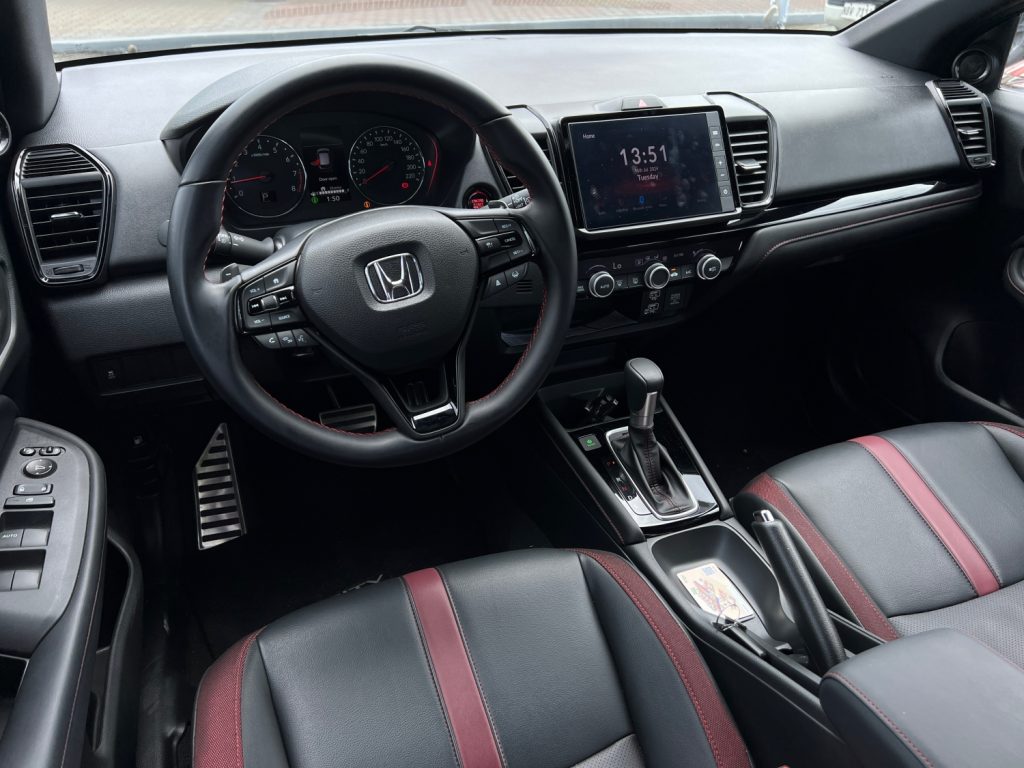
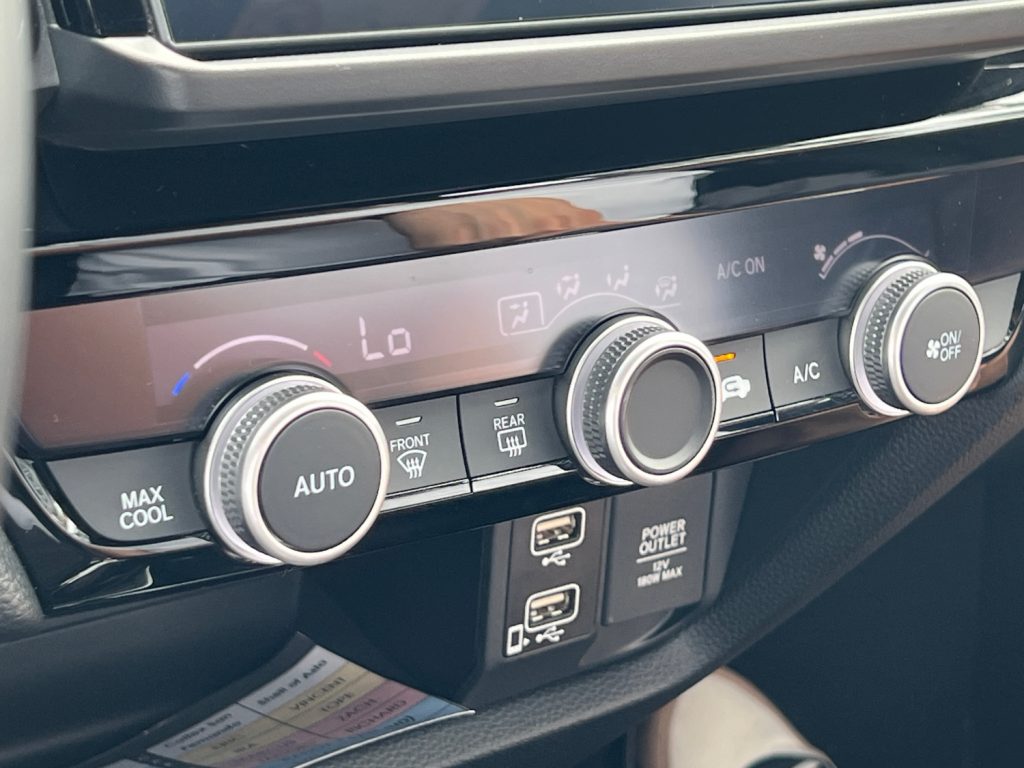
I had a taste of Honda Sensing not even 30 minutes into the Skyway. I was trying to adjust the fan control without looking, to no avail. I made sure I had a good distance from the car in front of me and so I looked into the knobs of the aircon. Apparently in the Honda City Hatchback (and sedan) the left knob is for temperature, the right one is for fan speed. As I moved my hand from the left knob, the beeping started. I looked ahead and saw the car in front of me suddenly braked hard. I lifted my foot from the gas and as I was placing it on the brake pedal, the car already started braking. The brake pedal was already depressed when I placed my foot and provided additional stopping power. It all happened within a second that the Honda Sensing system was the deciding factor if I got to my destination or to an accident.
That’s what the system does in your every day drive. Some of the features like Adaptive Cruise Control and Lane Keeping Systems have to be activated every time you drive the car. But there are some like the Collision Mitigation Braking System that is just there – observing, waiting, and enacting once there is probable cause.
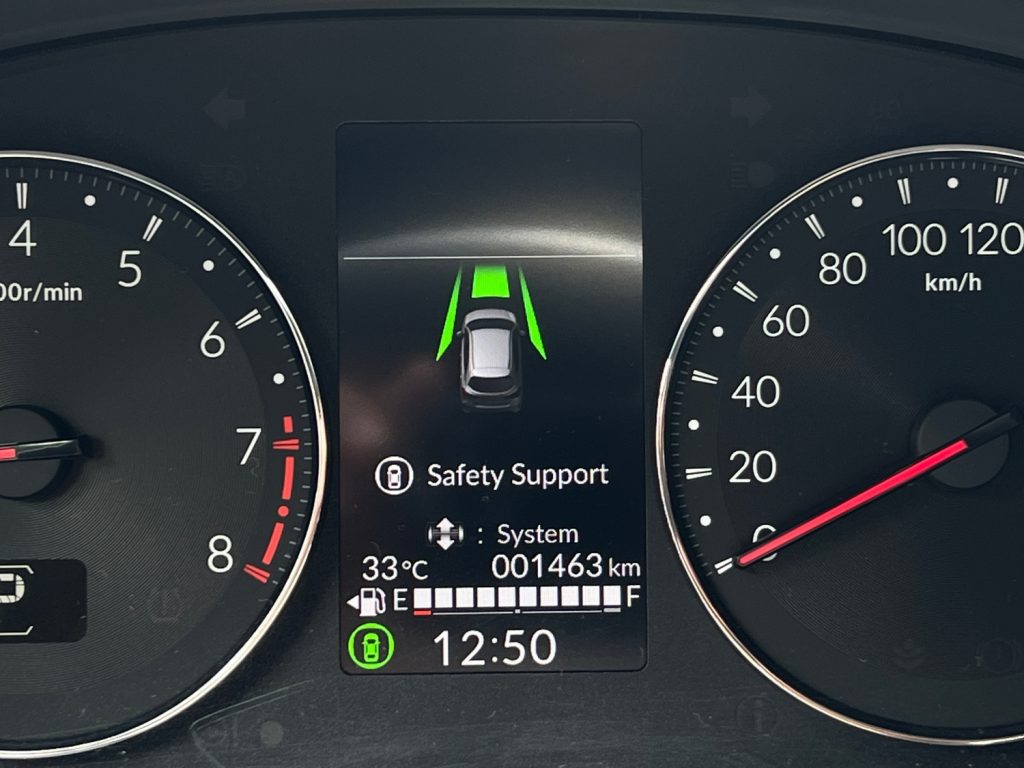
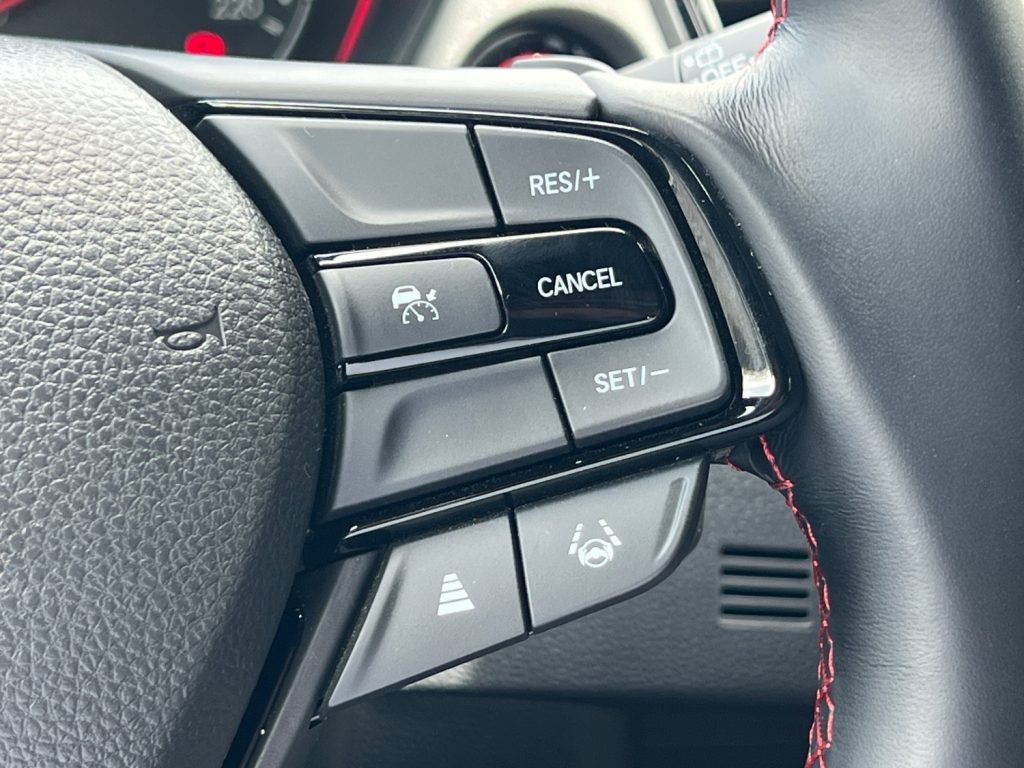
It also helps that most of these controls are literally at your fingertips. Specifically, the right spoke of the steering wheel. It houses all the active controls so that setting them up would be easier even while moving.
The best thing about Honda Sensing is how lenient it is with its execution. The braking for the Adaptive Cruise Control isn’t harsh, while the Collision Mitigation Braking is also gradual with just a stronger start. It’s not like with other brands that it would apply full hard braking every time the system is triggered. This continues to the Lane Keeping Systems as they only make the steering wheel vibrate at first. If there’s no feedback from the hands, that’s when they will override your input to keep you at the center of the lane or keep you from going off the road. If your hands are persistent on the move even without turning on the turn signals, the car will let the steering wheel free but will notify you of the Lane Keeping alert on the instrument cluster.
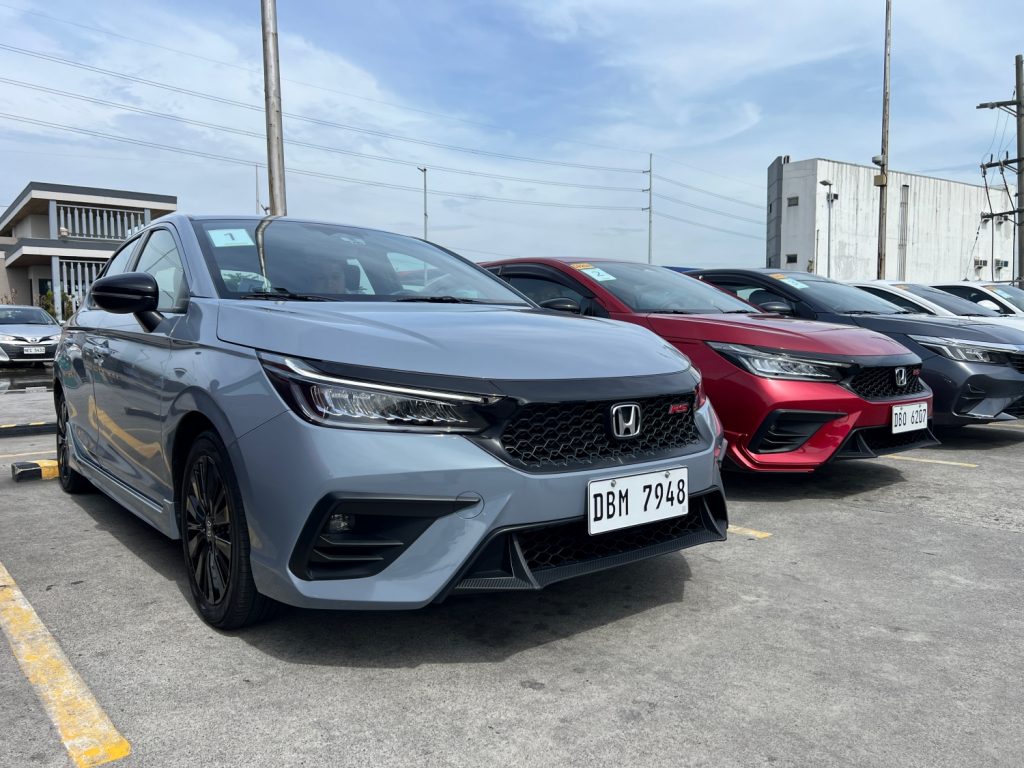
Aside from protecting you, the Honda Sensing suite silently promotes better driving by being a silent teacher. What happened to me in Skyway as I shared earlier was a rookie mistake. It felt like there’s a driving instructor with his own extra brake pedal beside me. Then the Lane Keeping Systems would only stop vibrating the steering wheel if you use your turn signal. And like in driving school, someone else will take over if you’re about to crash.
In the city, on the highways, in rural roads, the Honda Sensing system makes sure you won’t encounter accidents as much as possible. It’s a reassuring companion for your everyday drive that makes the city much less intimidating.

